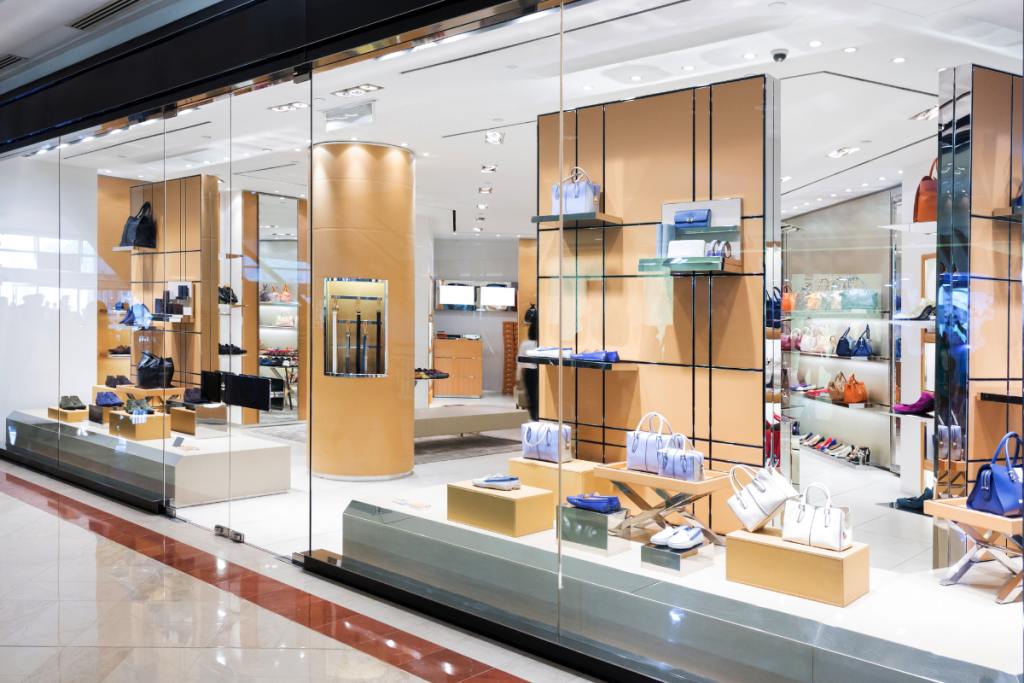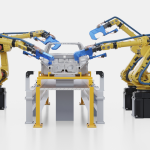A new study by Retail Systems Research (RSR) and Jumpmind reveals that 85% of retailers view physical stores as their main growth driver in 2025, yet 65% say their current technology stack falls short. The research, based on responses from retail executives and store managers, highlights widening gaps between shopper expectations and store capabilities.
Outdated Systems Limit Store Innovation
While digital channels continue to grow, retailers remain heavily invested in brick-and-mortar stores. However, many are struggling to modernize the foundational systems needed to support more dynamic and seamless in-store interactions. The POS system, long considered the operational hub, is no longer meeting the demands placed on it. Core functions such as integrated checkout, loyalty linkage, endless aisle ordering, and returns management are not consistently supported.
This disconnect is felt across the industry. Many retailers cite the pace of technology change and implementation costs as key barriers. A third say consumer-facing technologies are evolving faster than their ability to adapt, and 54% note that rapidly shifting tech standards inhibit longer-term planning. Store teams are left navigating fragmented systems that lack the flexibility to respond to real-time shopper needs.
Retailers Prioritize Mobility and Assisted Selling
Despite current limitations, investment priorities are clearly shifting. Mobile devices for store associates, cited by 63% of respondents as “high value,” are being used to unlock more responsive service and better visibility for managers. Retailers are also prioritizing assisted selling tools and endless aisle capabilities, with 70% planning to invest in these areas within the next 12 to 18 months.
These upgrades aim to support a broader vision of in-store retail: one where stores act as fulfillment nodes, customer service hubs, and brand experience centers. The challenge lies in execution. Fragmented legacy systems often lack the interoperability required to deliver cohesive experiences, and retrofitting them with newer digital layers creates complexity for store teams already stretched thin.
Closing Tech Gaps Demands Operational Alignment
Retailers may be aligned on the importance of physical stores, but alignment alone won’t close the gap between vision and execution. The disconnect between store strategies and enabling technologies is now a structural issue, not just a software challenge.
Addressing it will require technology decisions that are tightly coupled with operational workflows, not layered on as afterthoughts.Investments in mobile tools and assisted selling are steps in the right direction, but they must be supported by clear governance, consistent training, and measurable performance outcomes.







